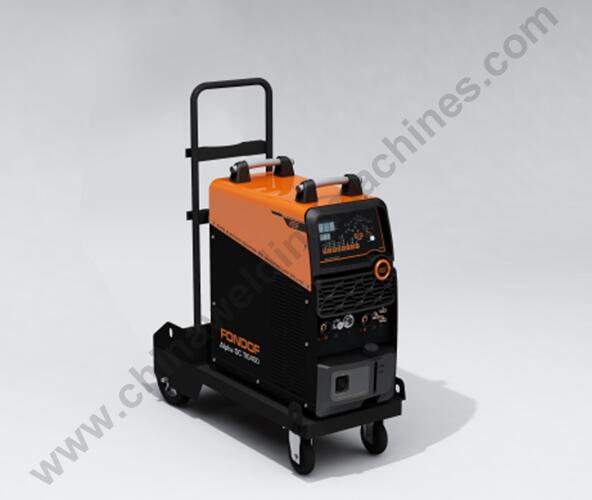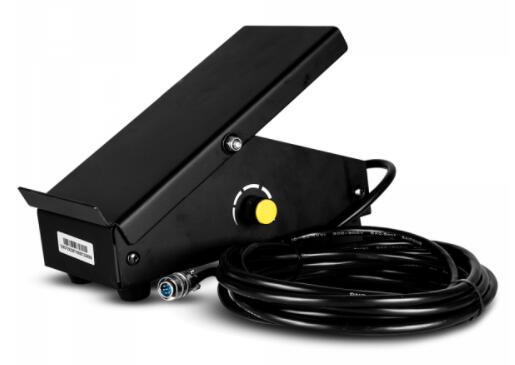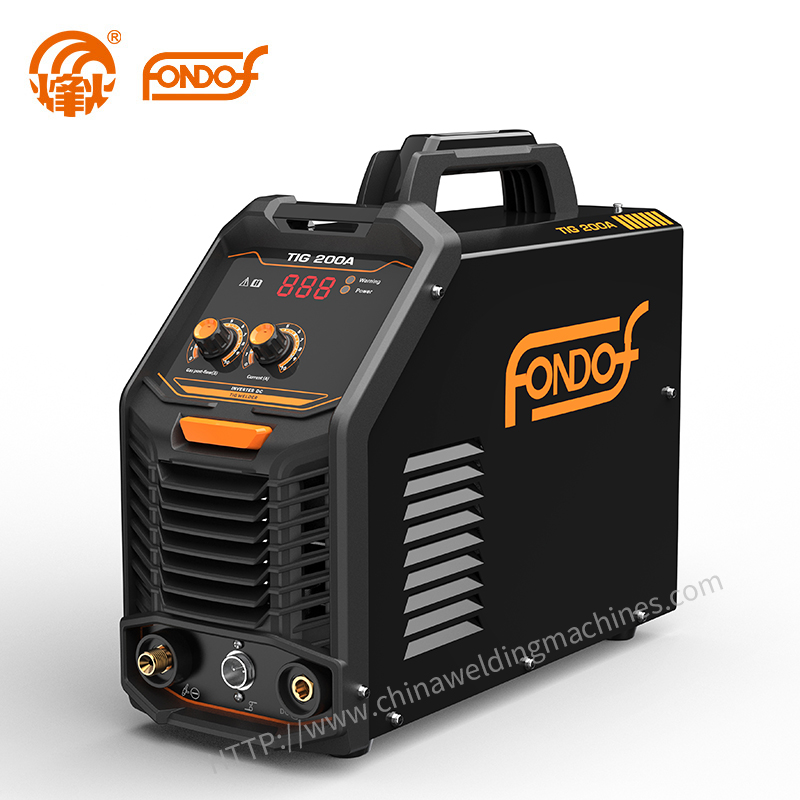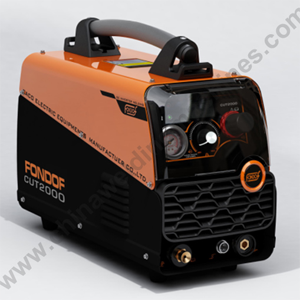How to set up and use the TIG foot pedal
 Jan. 06, 2022
Jan. 06, 2022
The foot pedal or foot controller can be used to control the current intensity of the welder while welding. Weld overheating? Release the pedal and lower the amplifier to allow the weld to cool. The foot pedal gives you full control without having to stop and readjust during the weld.
They should only be used when TIG welding, since stick welding uses welding pliers instead of a torch and the current intensity of the MIG depends on the wire feed speed. This is no big deal considering that TIG usually requires more control over low amperage on thin metals.

Why do I need a foot pedal?
TIG welding can often seem quite daunting at first. Especially if you have a dedicated TIG welding machine with a hundred little lights, options and settings.
Okay, not that many, but the little pyramid of welding parameters on your TIG welder can be overwhelming.
If TIG is already in the minority, why on earth would you use a foot pedal to add another variable to the mix?
Since the intermediate weld can be adjusted instead of always remaining stationary, the foot controller gives additional control over the amperage (heat) of the weld. The added control means better welds. Plus, it can be more comfortable.
The comfort level of the welder can change the outcome of the weld. It is much easier to hold the pedal with your foot than to keep your finger on the button.
How is it set up?
The foot pedal is very easy to set up since there is only one wire and one setting knob.
1. Plug the power cord into the front of the machine.
The actual connection is a pin plug setup, so make sure the pin plug number on the foot pedal matches the machine. You can use an adapter to connect different pin plugs.
2. Set the peak current on the machine.
All your settings are set on the machine, just like when you use a flashlight. The peak amplifier you select on the machine will be converted to a pedal.
3. Switch to remote mode.
In order to use the controls of the foot pedal, the machine needs to be placed in remote mode. To do this, simply press and hold the pedal for 5 seconds until the remote green light appears.
4. Make sure the machine is in 2T.
The foot pedal does not work in 4T. Because you have to hold the pedal down to weld, leaving it in the loose trigger mode will not work.
Your pedal is now set up and ready to use.
Depressing the pedal will start the arc, just like pressing the button on a high frequency flashlight. When the pedal is depressed, the machine's screen will read your current amperage.
If the pedal stays down, it will read the peak amperage at which you set the machine. Anything that is not fully depressed, it will tell you what amp you are sitting on. As you adjust the foot pressure, the screen will adjust its reading to reflect the new amperage.
It may take some time to get used to how it works and how far you can release the pedal before you lower it too much. There is an adjustable knob on the side of the pedal that gives you some control over the maximum amplification of the pedal. Set your pedal knob to "max" and it will only reach the height of the peak amplifier set on the machine.
Let's say you set the peak amp on the machine to 150 and set the pedal knob to max. Hold it all the way down and it will weld at 150 amps.
If you adjust the knob halfway, it will only weld up to 75 amps when fully depressed. However, you cannot exceed any amperage set on the machine using the foot pedal. You must use the interface on the machine to increase it like all other settings.

Pulse Welding with Foot Pedal
One of the biggest benefits of having a foot pedal and control amplifier is that you can pulse weld manually. If you do not have a TIG machine with the pulse option, do it yourself.
Press and release, press and release at a steady rate and you are pulse welding. By laying it down, you can reach the peak amplifier. Then, by backing off, you lower to the base amplifier.
However, it does take some practice to get the timing and pressure consistent. Being able to pulse is useful if you are welding very thin metal, and you can adjust your pulse with the foot pedal.
Limitations of the foot pedal
If you do not have a machine capable of high frequency TIG, you cannot use a foot pedal. If you have a multi-process machine that can do TIG, but it only lifts arc TIG (like all UNIMIG multi-process machines), you cannot use a foot pedal.
You can't use foot pedals because they act similar to the buttons on a high-frequency flashlight - press them once and the arc will automatically ignite.
With a lifting arc TIG, you are using a valve torch, where the valve is used to start the airflow and manually ignite the arc by bringing the electrode into contact with the metal. You cannot use the foot pedal to trigger the gas stream, so it cannot be used with a lifting arc TIG. There is no way to start the shielding gas and protect the weld.
The foot pedal is perfect for providing the welder with control of each weld. Just make sure you have a machine that can support it.



























